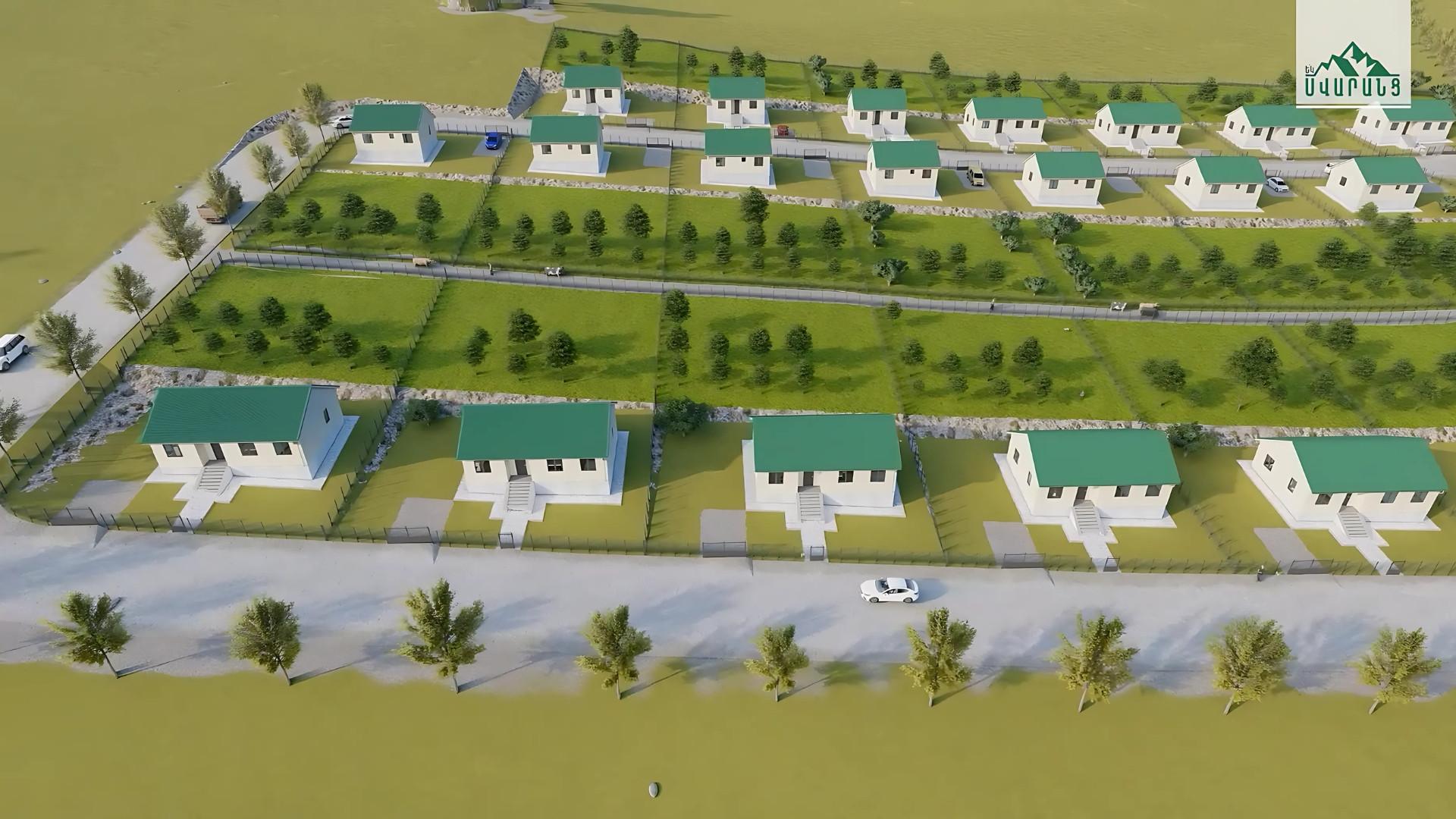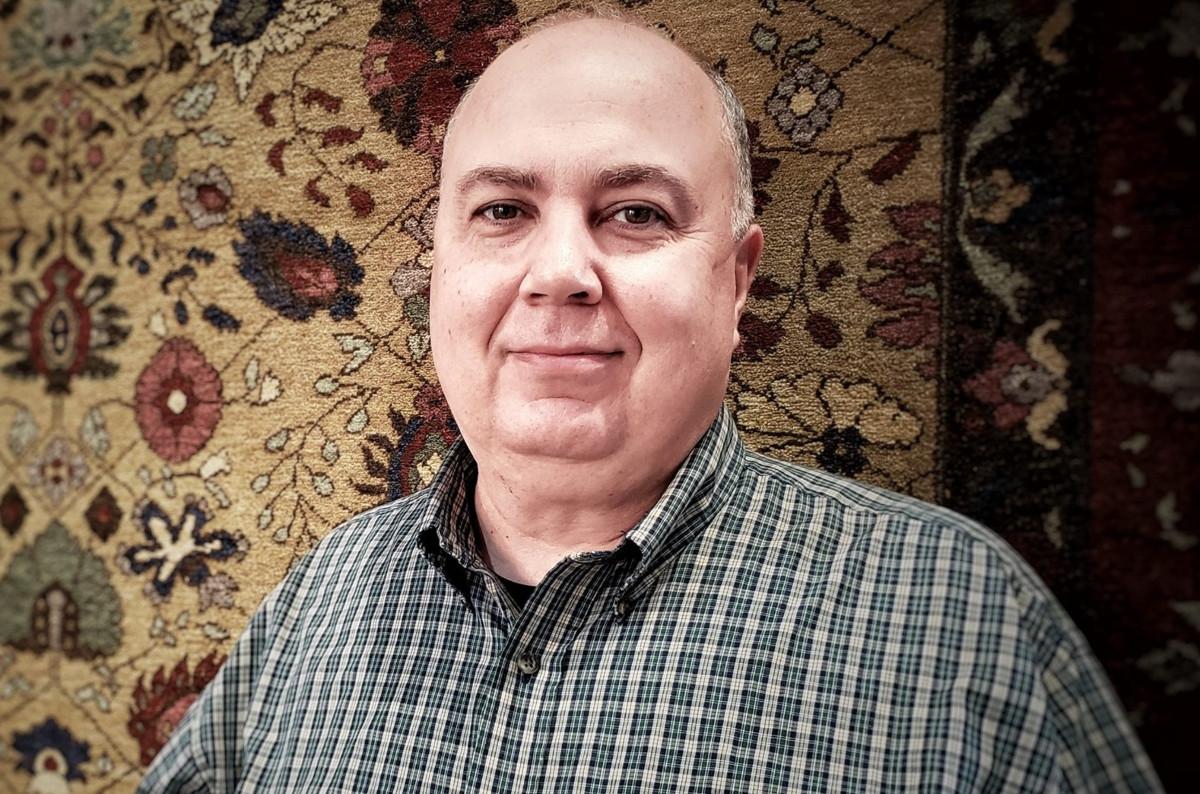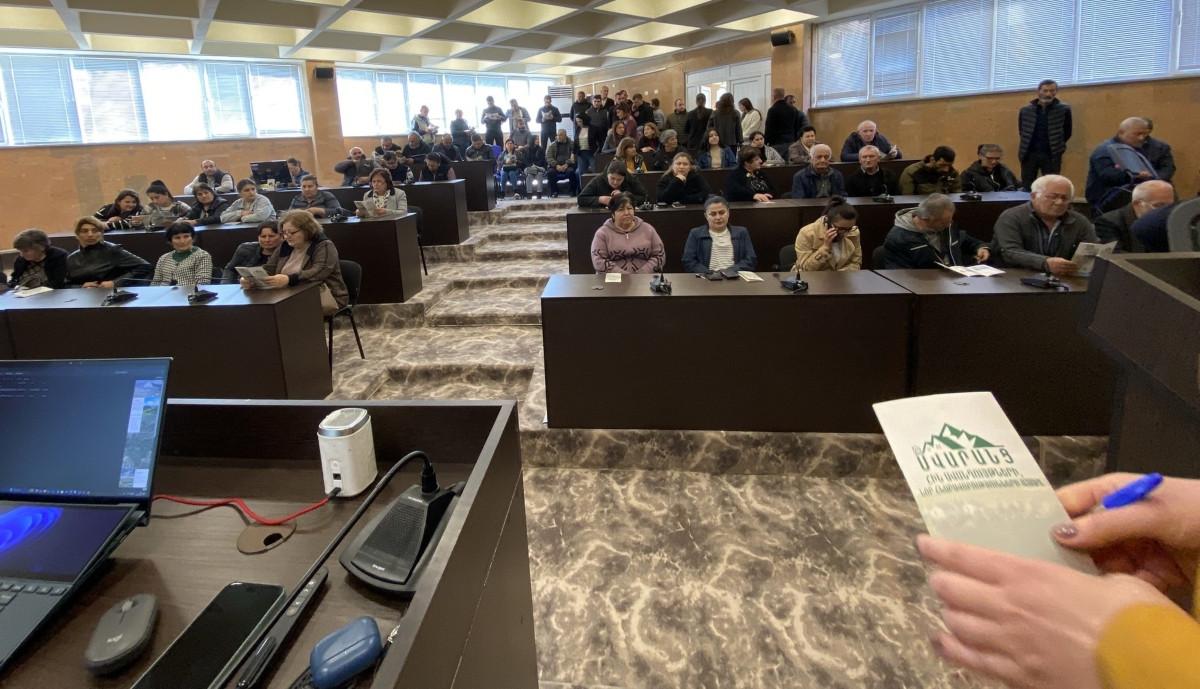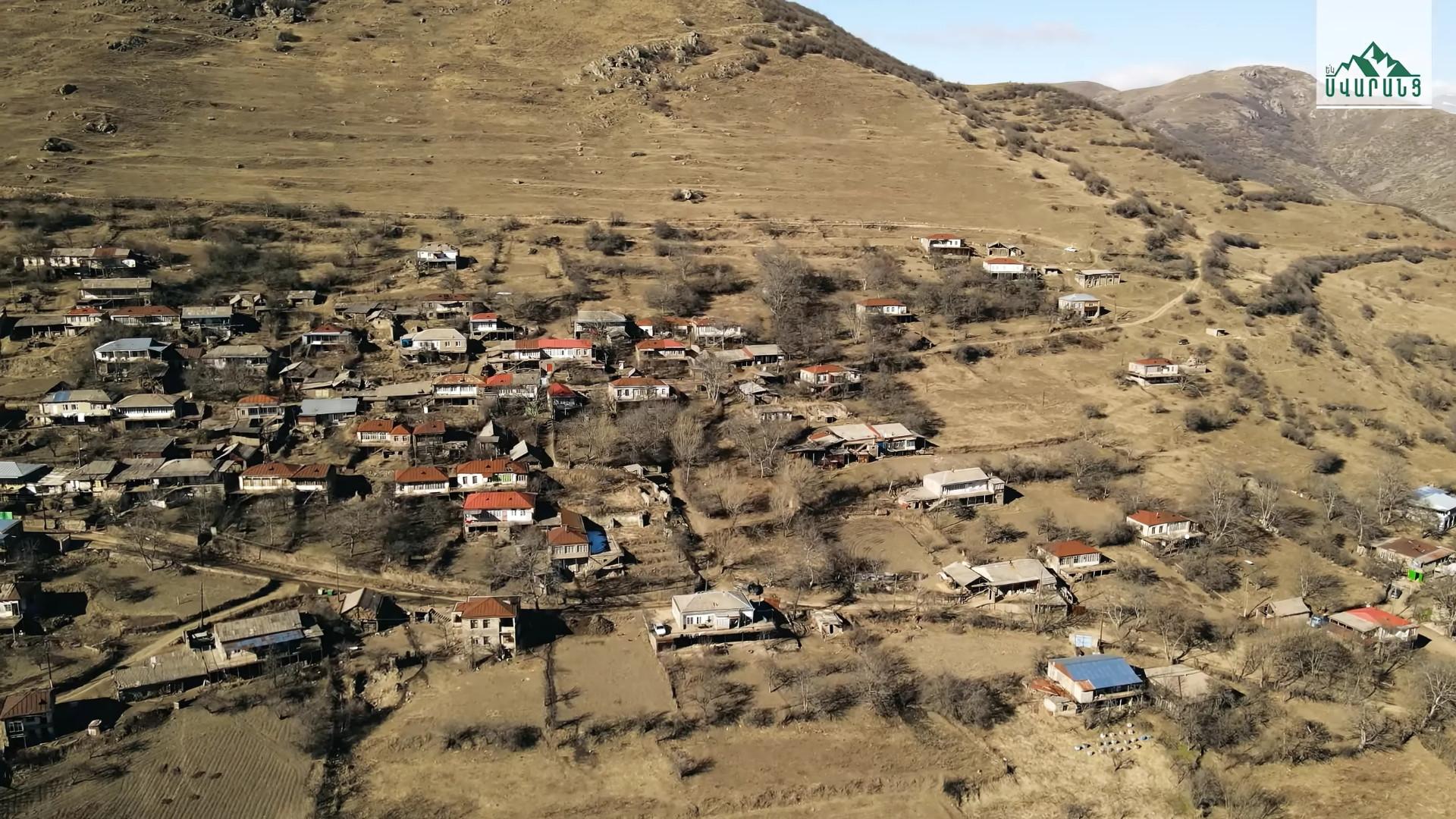
Tufenkian Foundation Building New Neighborhood in Syunik Village to House Displaced Artsakh Armenians
“Come to Svarnats—start your new life in a village of old traditions and new opportunities.” With this message, the Tufenkian Foundation has been visiting regions across Armenia, meeting with families displaced from Artsakh, and introducing a resettlement program that offers a real chance to rebuild their lives with dignity and stability.
In Svarnats, a village in Syunik, the Foundation is building a new neighborhood to house twenty Artsakh families. The Tatev municipality has allocated around four hectares of land for the project. Each home will be situated on a 1,000-square-meter plot and constructed using concrete-based construction with thermal insulation. The first ten houses are expected to be ready by September.
The initiative follows the model of the Foundation’s earlier work in Arajamugh village, established in Hadrut in 2004, which involved private homes with adjoining land designed for rural families. The new houses in Svarnats will range from 70 to 94 square meters, featuring two or three bedrooms, a living room, bathrooms, an entrance hall, a solar water heater, and a 24-square-meter barn. Each family will receive financial support to purchase livestock, such as cows, chickens, or pigs, tailored to their specific needs and preferences. The Foundation will also allocate funds for furnishing the homes.
Greg Bedian, Director of the Tufenkian Foundation, says Syunik is the ideal location for resettling Artsakh families. The region’s geography and climate are similar to Artsakh's, and its people share a close cultural and lifestyle affinity with Artsakh residents, which can ease the transition.
Since November 2023, Foundation staff have visited towns and villages across Syunik—Meghri, Goris, Tegh, Tatev, and others—looking for a suitable location. “We wanted a village with a school, store, small clinic, church, and access to water, and other amenities,” Bedian explains.
While Meghri’s villages closely resemble those in Artsakh’s Martuni region, they lack water. Many villages in Syunik also aren’t connected to the gas network and still rely on wood for heating. Refugee preferences also had to be considered, with many avoiding border areas due to safety concerns.
Ultimately, the Foundation chose Svarnats. Located away from the border, the village offered the infrastructure they were looking for—a school, a clinic, and close proximity to the Tatev Monastery. It also had the natural resources to support resettlement: 800 hectares of pasture, 130 hectares of arable land, and a dependable water supply.
“We saw the potential for developing tourism here, which could improve livelihoods. Locals could sell their products to tourists and generate income,” Bedian adds.
After Armenia’s independence, many residents left Svarnats, and the small remaining population has struggled. The village is not competitive for development or investment and isn’t included in state subsidy programs. Only twenty-three students currently attend the school, which was initially built to accommodate 400 students during Soviet times. Teachers commute from Goris, and classes are often canceled when weather conditions prevent them from reaching the village.
Bedian noted that the idea of resettling Artsakh families was met with enthusiasm by the residents of Svarnats. While acknowledging the tragedy of displacement, he emphasized that the influx of new families could help revitalize struggling Armenian villages like Svarnats, which have long faced depopulation and neglect.
The Foundation has its own criteria for choosing resettlers. They prioritize rural families with experience in farming and animal husbandry, rather than city dwellers. Ideal candidates are young families with multiple children and professions in high demand, such as nurses, teachers, and welders, so they can sustain themselves independently.
The first applicants from Artsakh are related families from the Martakert region. They’ve expressed a preference to resettle alongside others from the same or nearby villages. “We’re trying to group people together who share a common background so they can maintain their community ties,” says Bedian. “But it’s been difficult to track everyone down since many were scattered across Armenia after their displacement.”
Since last year, the Foundation has supported displaced families renting homes in Syunik, providing them with livestock and staying in touch, in the hope that they will join the Svarnats project.
The government also has its own requirements for families wishing to settle in Svarnats, which adds another layer of complexity to the selection process. Families must first apply for Armenian citizenship. Once approved, they need to be included in the state housing assistance program and receive a certificate. The Tufenkian Foundation will then cover the difference between the cost of the home and the amount provided by the certificate.
Creating comfort and stability is key to the project’s long-term success. That’s why the Foundation started by upgrading the village’s infrastructure. They installed a new water pipeline and donated agricultural equipment to support activities such as haymaking, plowing, and harvesting.
“Our goal is to develop the village as a whole. We’re creating equal opportunities for both newcomers and existing residents,” says Bedian.
The Foundation is partnering with the UN World Food Programme to enroll twenty-three local families in an intensive gardening program. This program provides training, seedlings, drip irrigation systems, and construction materials for new or renovated barns. Chicken coops will be constructed to enable families to produce eggs year-round. Plans are also in place for a 40-kilowatt solar power station.
“If we bring twenty young families to Svarnats, school enrollment will grow. We’re discussing renovations with Syunik’s regional administration to accommodate new students,” Bedian notes. “There’s currently no kindergarten, but if we reach a sufficient number of preschool-aged children, we’ll work to fix that too.”
Plans are also underway to renovate the village’s administrative building, install a bathroom, and set up a medical point on the ground floor. A youth center and playground are also in the works.
The Foundation is also exploring ways to connect Svarnats to the Tatev tourism circuit. One idea is highlighting the historic cemetery’s distinctive tombstones to attract visitors.
“With Svarnats, we want to prove that it’s possible to resettle people from Artsakh quickly and meaningfully while also helping them find work and rebuild their lives,” says Bedian. “At the same time, we’re breathing new life into depopulated villages in Syunik, which is a key part of our mission.”
With over twenty years of experience resettling people in Artsakh, the Tufenkian Foundation has a long history of development work. Between 2003 and 2020, the Foundation constructed villages and implemented socio-economic, healthcare, and educational programs in Artsakh’s Kashatagh and Hadrut regions. In 2021, we reported on their $4 million investment in Kashatagh, where they assisted in resettling Syrian-Armenians and supported regional development.
Photos provided by the Tufenkian Foundation
 Videos
Videos Photos
Photos



Write a comment